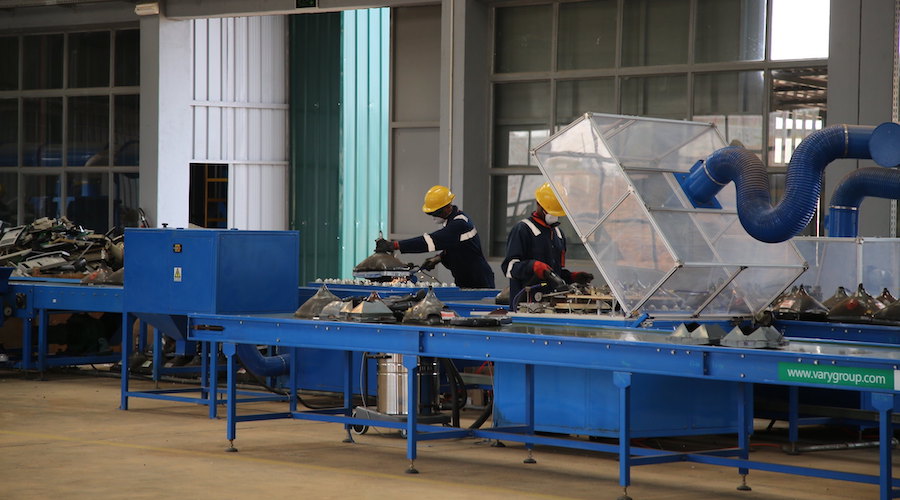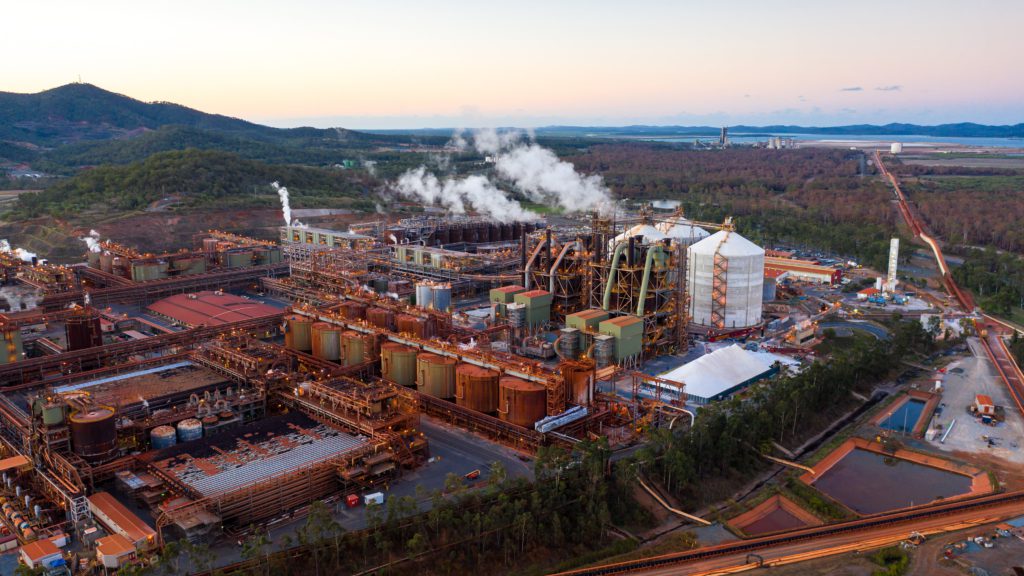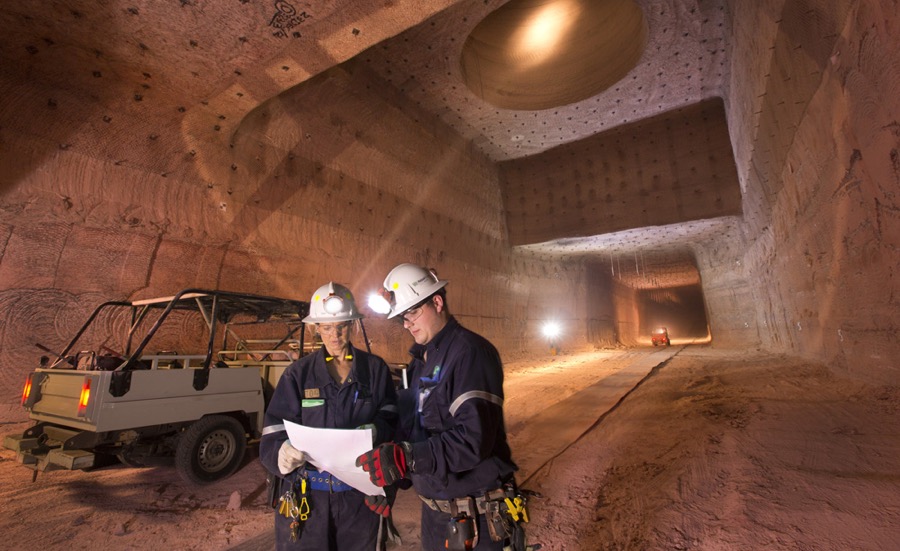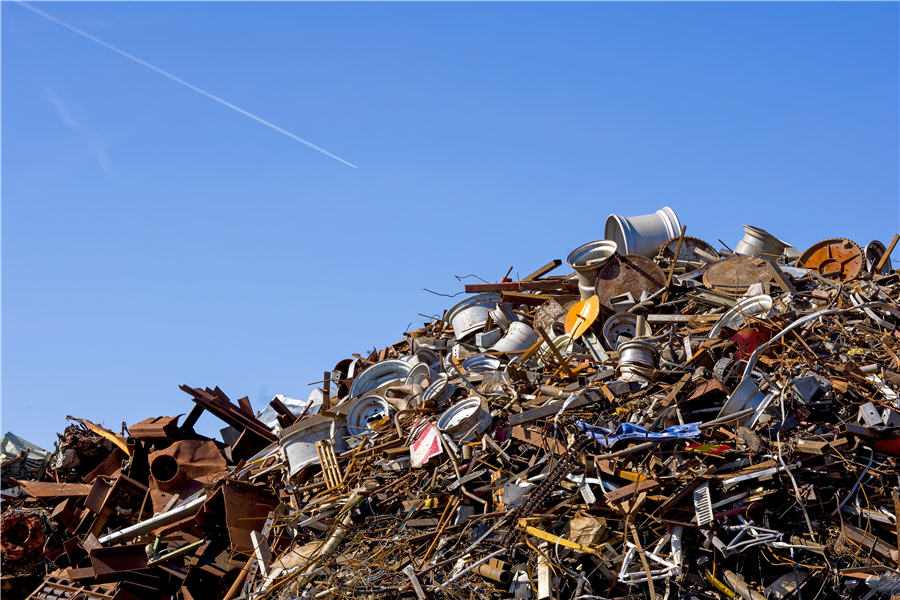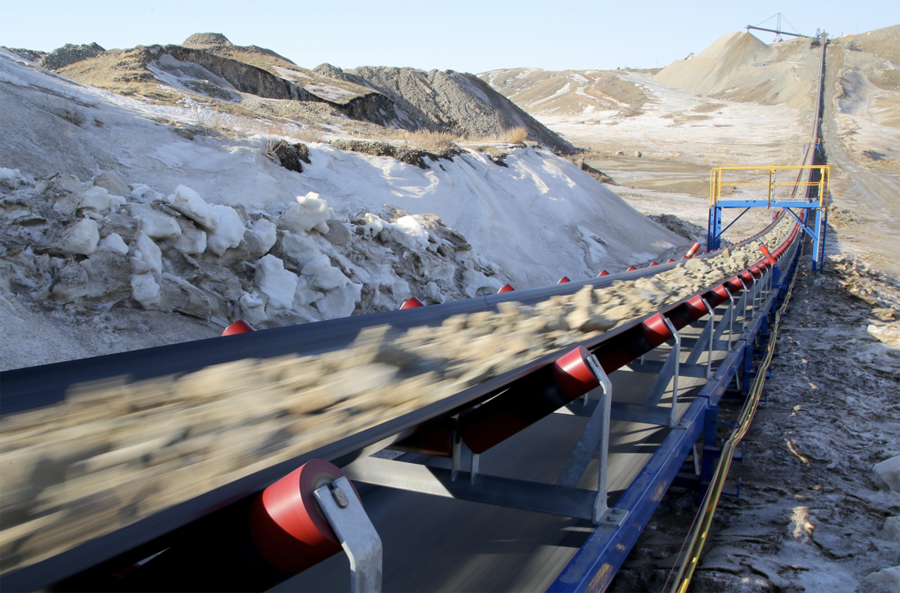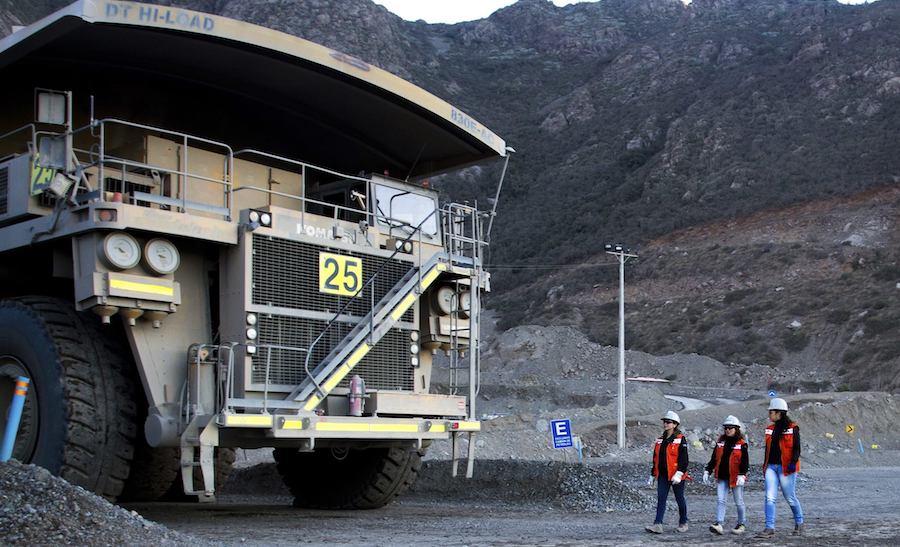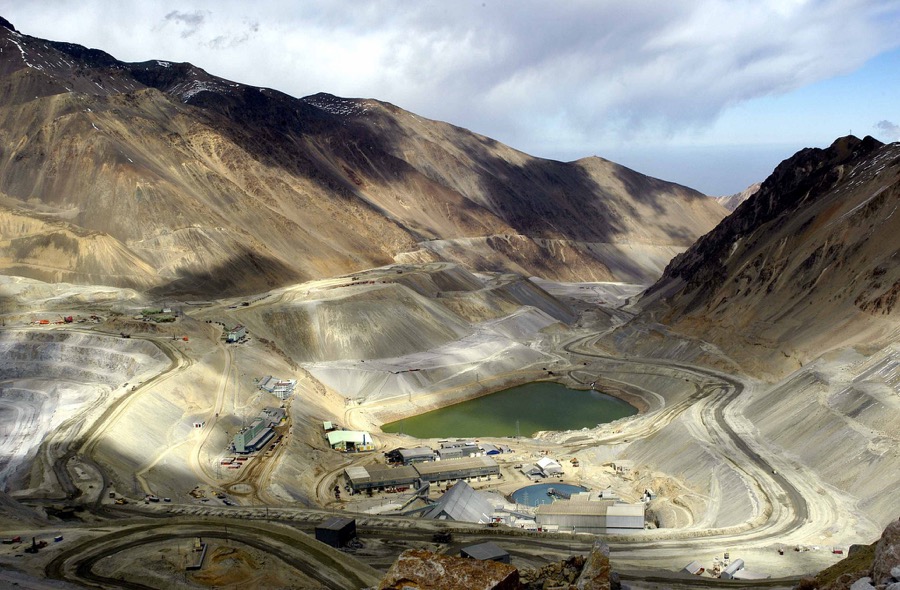Staff Writer | August 4, 2022 |
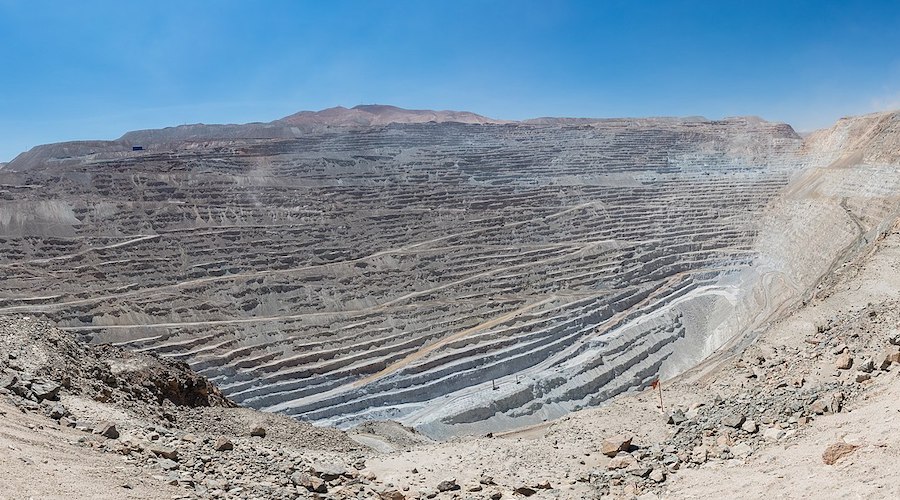
Chuquicamata copper mine in Chile. (Reference image by Diego Delso, Wikimedia Commons).
German and Chilean researchers are working on a project aimed at optimizing and advancing copper production processes with a particular focus on addressing the problems posed by sulfur-based ores that contain arsenic.

In Chile – the world’s top copper producer – the red metal is extracted mostly from open-pit mines. Ore is blasted from holes with diameters of up to two kilometers. This ore has a copper content of around 2%, which is extracted in several stages: The ore is first ground and then subjected to flotation, which involves the wet chemical foaming of the material, in order to separate the high-copper ore from the low-copper ore. This results in copper concentrate, which Chile also sells. It contains around 20 to 30% copper. The concentrate is then smelted in blast furnaces and finally purified in electrochemical electrolysis processes in order to obtain pure copper.
Together with copper, the excavated ore layers often also contain arsenic, which, due to its toxicity, needs to be extracted from the ore. This takes place almost automatically when the ore is heated: The arsenic turns into gas. In Chile, the current procedure is to capture the gas, dissolve it in sulfuric acid and then transform it into solid calcium arsenate or calcium arsenite through precipitation. These calcium compounds are then deposited in the Atacama Desert.
The fact that these compounds are water-soluble hasn’t been a problem since the Atacama Desert is one of the driest regions in the world. However, in recent years, climate change has caused an increase in rainfall, which now raises the issue of environmental contamination. At the same time, some mines are penetrating layers that are no longer oxygen-based but sulfur-based and thus contain more arsenic. As a result, the amount of arsenic to be deposited will increase in the future, particularly given that there are currently no industrial uses for arsenic.
“These two developments are now making Chilean mine operators rethink the way in which they previously disposed of arsenic and adapt to these new circumstances without delay,” Anna-Lisa Bachmann, who coordinates the ‘ReAK—Reduction of Arsenic in Copper Concentrates’ project, said in a media statement. “We are investigating new ways of separating and depositing the arsenic as part of this project so that the environmental impact is minimized as much as possible.”
Looking at different options
Since 2019, Bachmann and her team have looked into several different potential process steps, starting with the further processing of arsenic-rich copper concentrate and including arsenic-selective flotation, sulfation roasting, and microbial and sulfidic leaching.
Alternative oxidation processes resulting in more stable and less toxic arsenic5+ compounds instead of unstable and water-soluble arsenic3+ compounds are also being considered.
“One option for this oxidation step could be the use of hydrogen peroxide, but this is very expensive,” Bachmann said. “This is why we at Fraunhofer IWKS are investigating electrochemical oxidation with diamond electrodes as a viable alternative in the course of this project. They feature a particularly large electrochemical window, resulting in the formation of hydroxyl radicals in aqueous solutions. These then oxidize the dissolved arsenic efficiently and reliably without the need for additional chemicals.”
Other project partners are also evaluating UV- and ozone-assisted as well as microbial oxidation processes.
The first step of all work packages is to test whether the method in question actually works and whether it delivers the desired result. Fraunhofer IWKS will compare their cost-effectiveness and environmental impact in the context of life cycle assessment and life cycle costing analyses as soon as all of the individual results are available.
“We will use this to develop a new concept for landfilling that will provide recommended actions to the Chilean government, considering both governmental requirements and the available financial resources,” Bachmann noted.
This is particularly relevant given that much of Chile’s copper industry, including one of the mines participating in the project, is state-owned.
